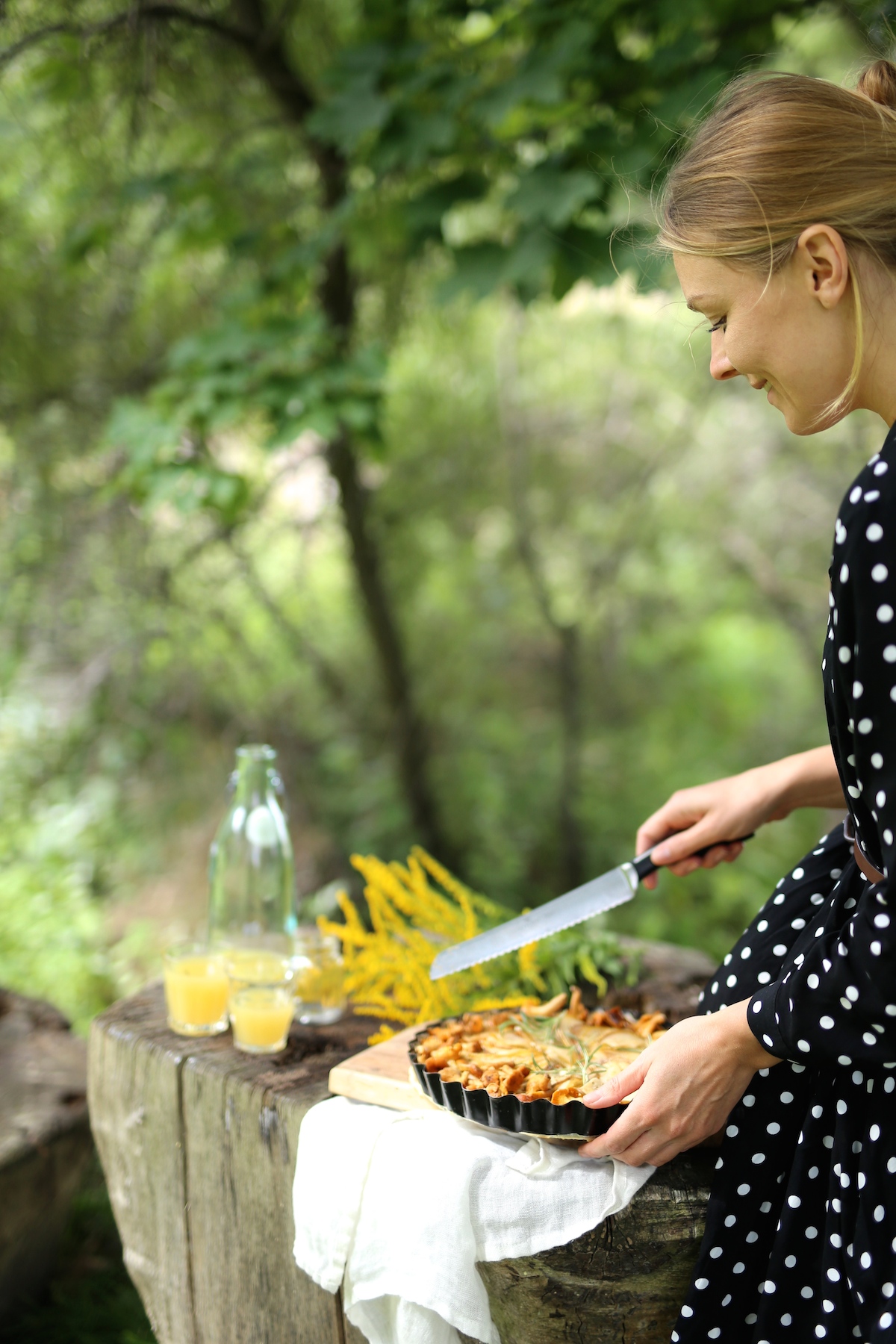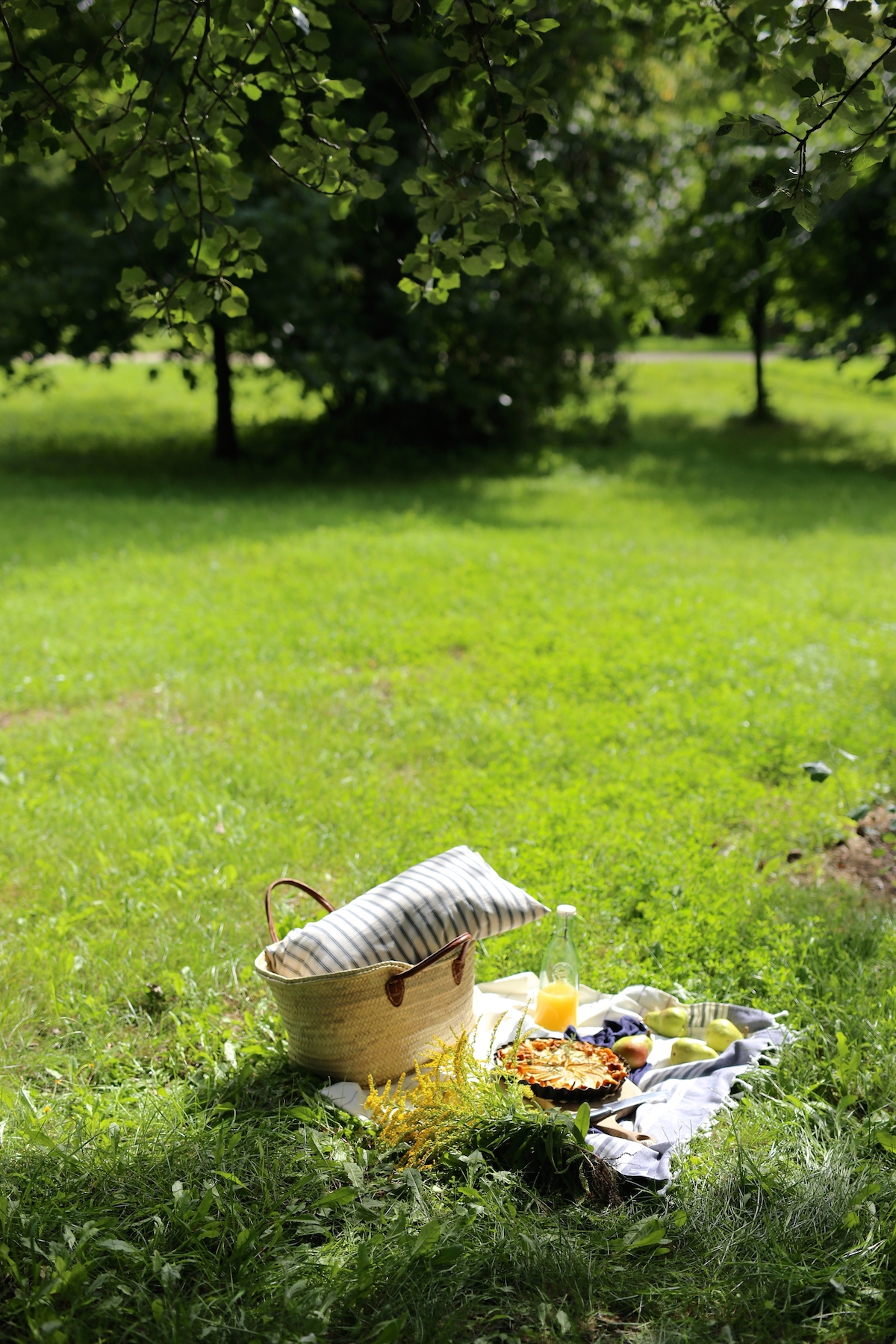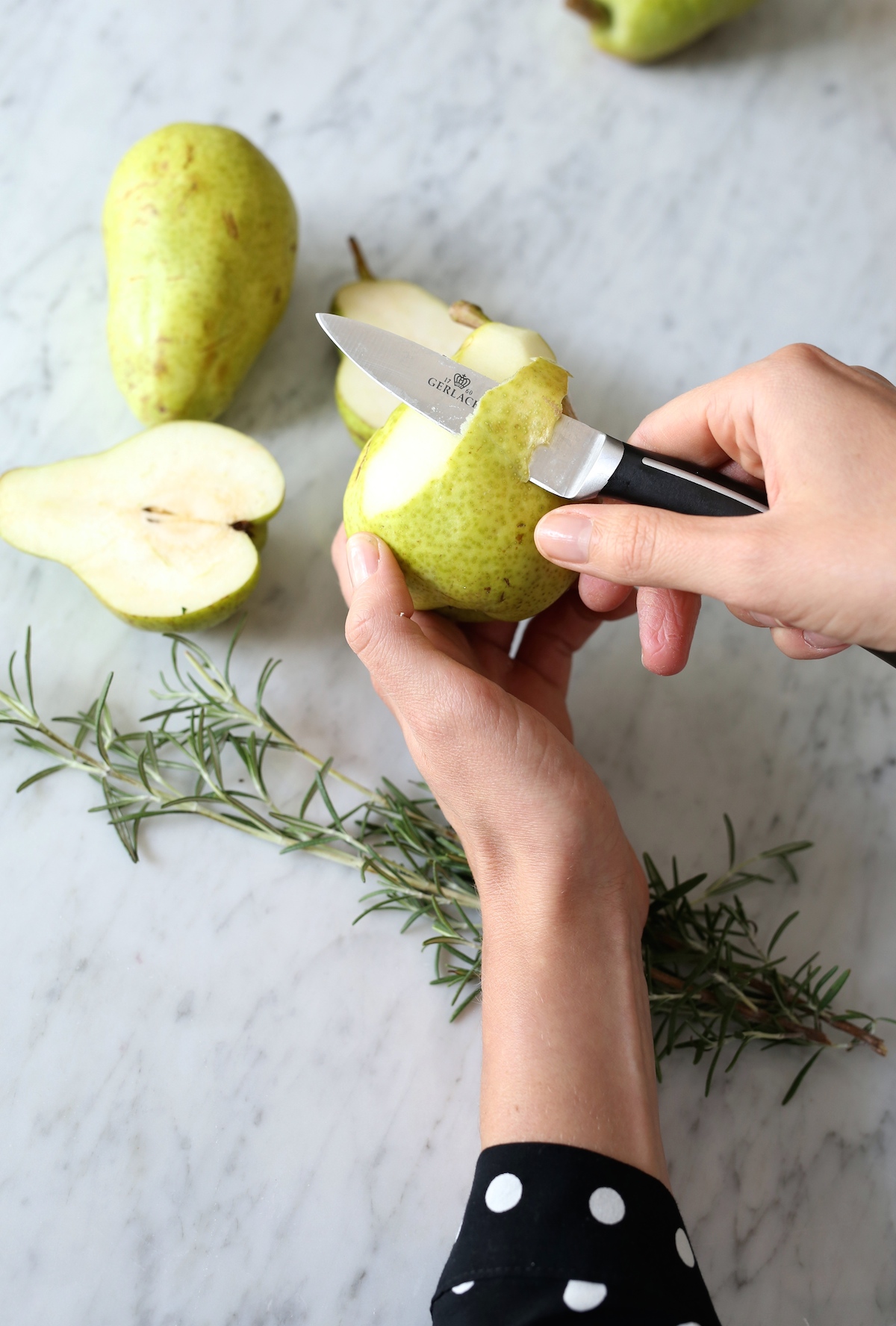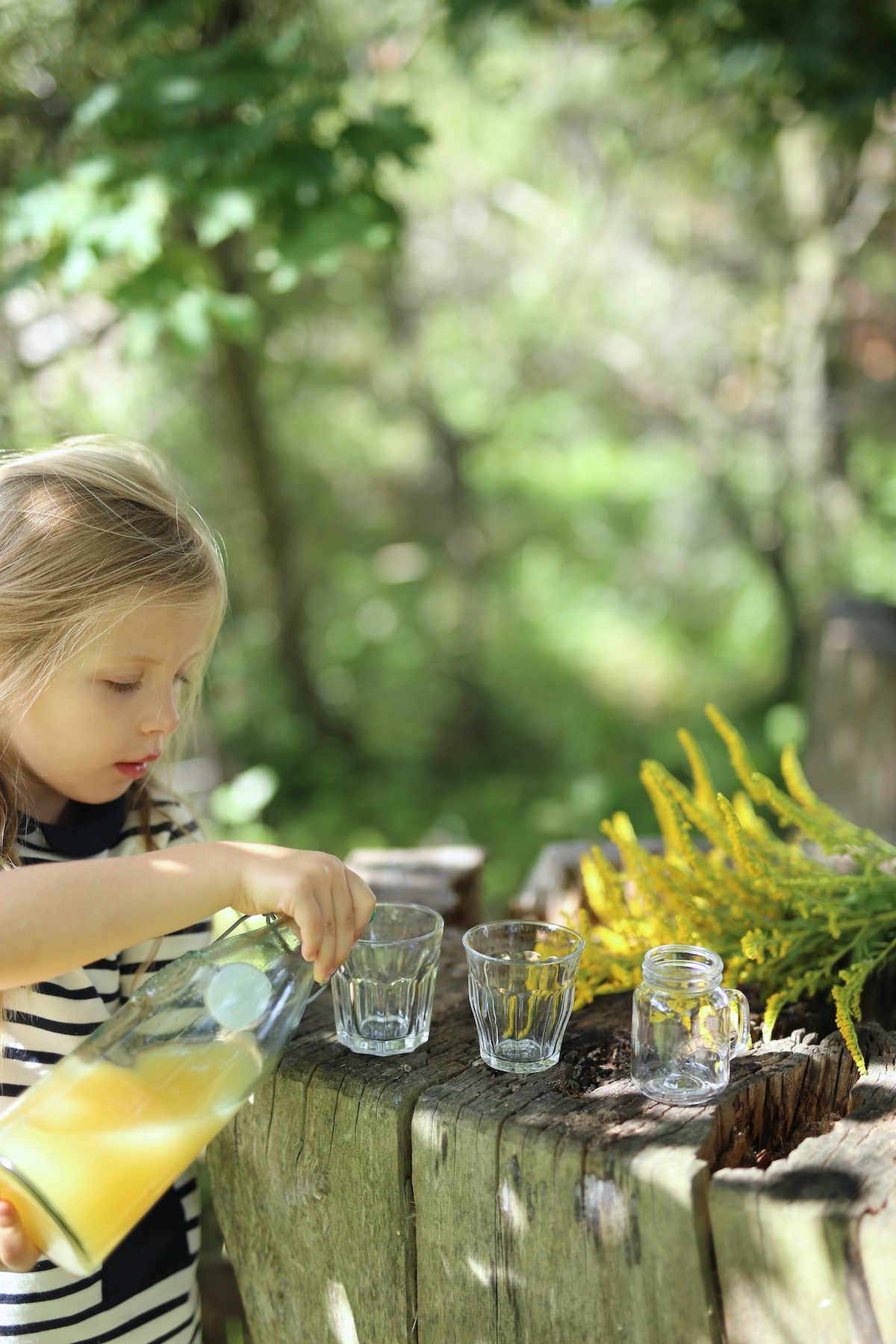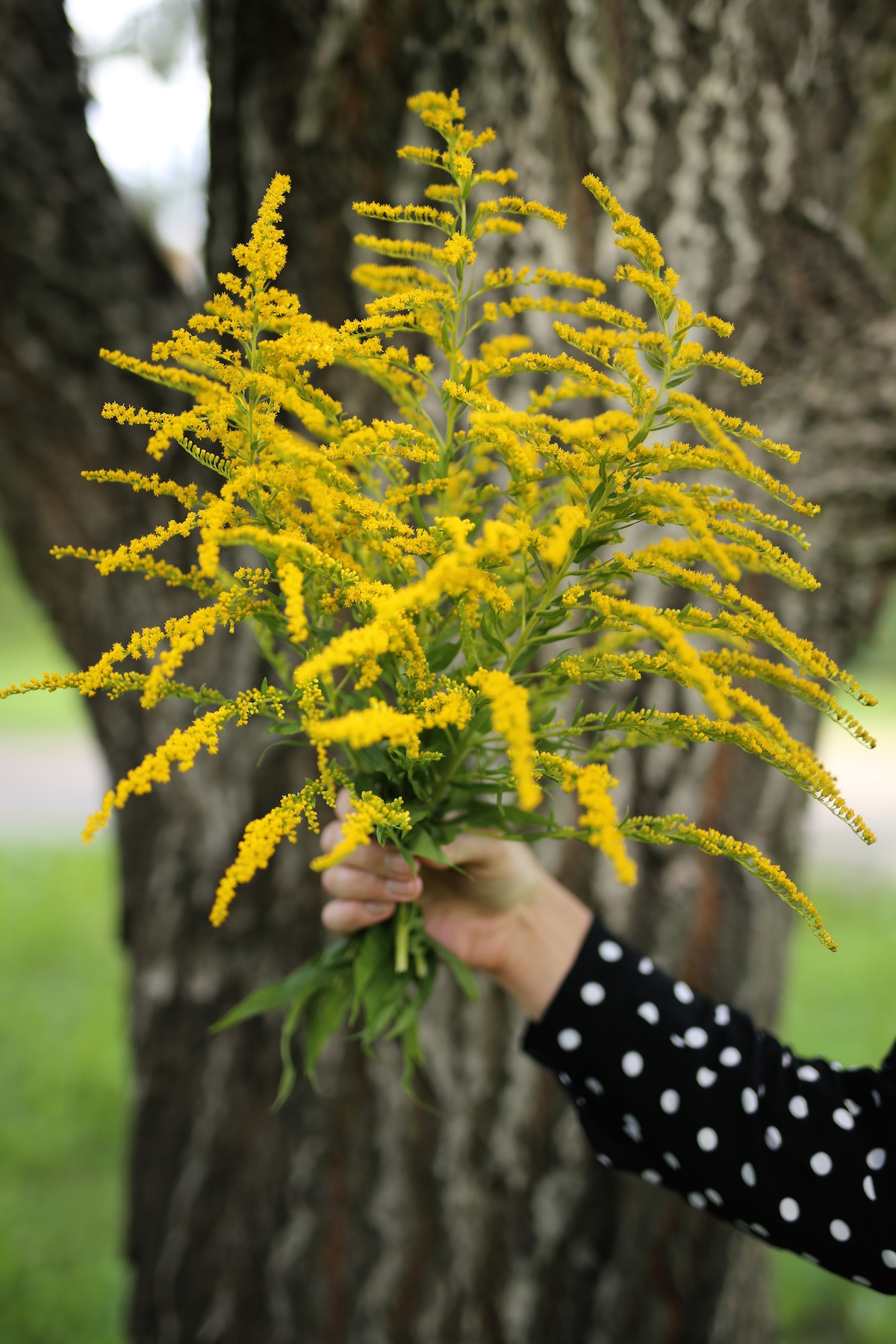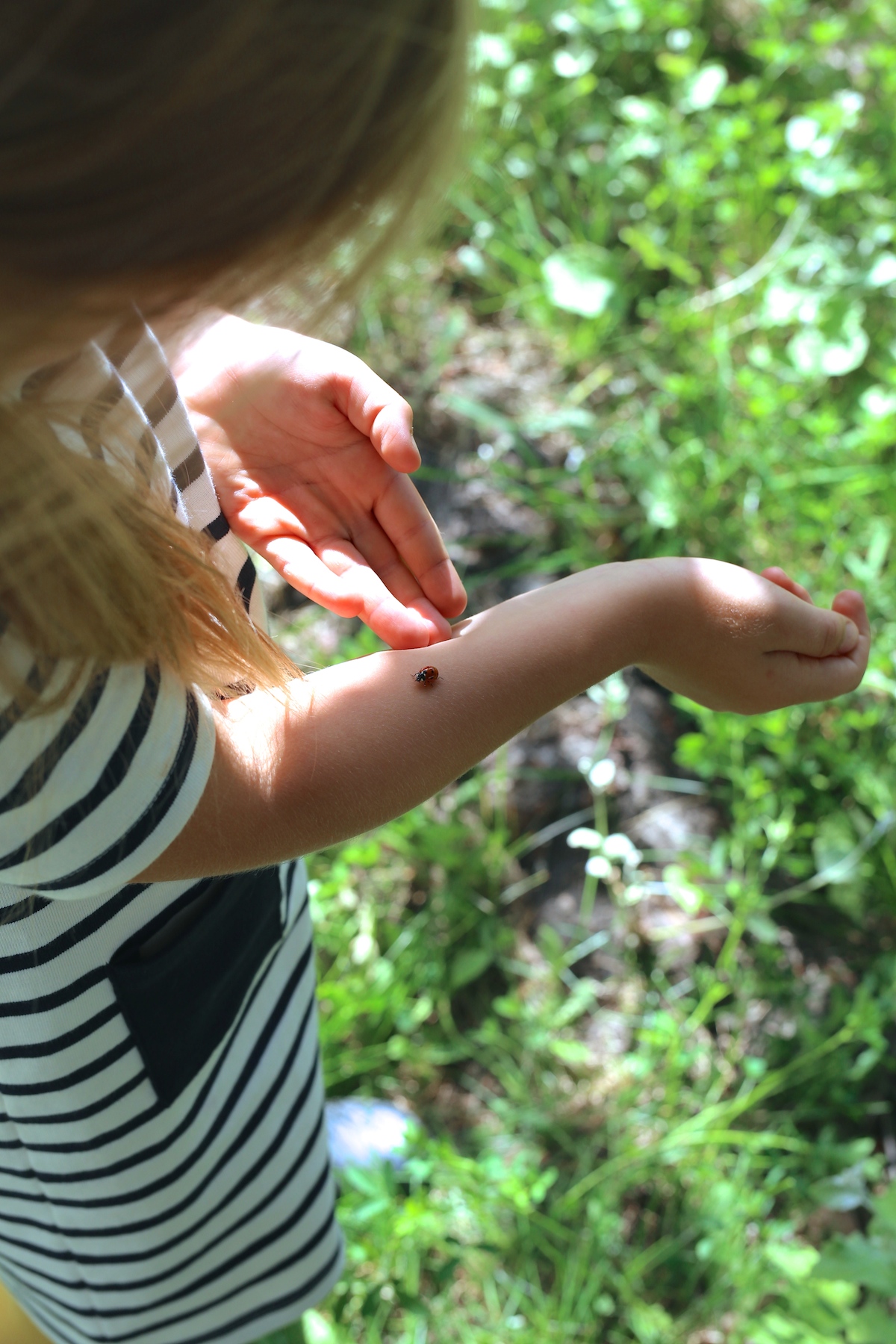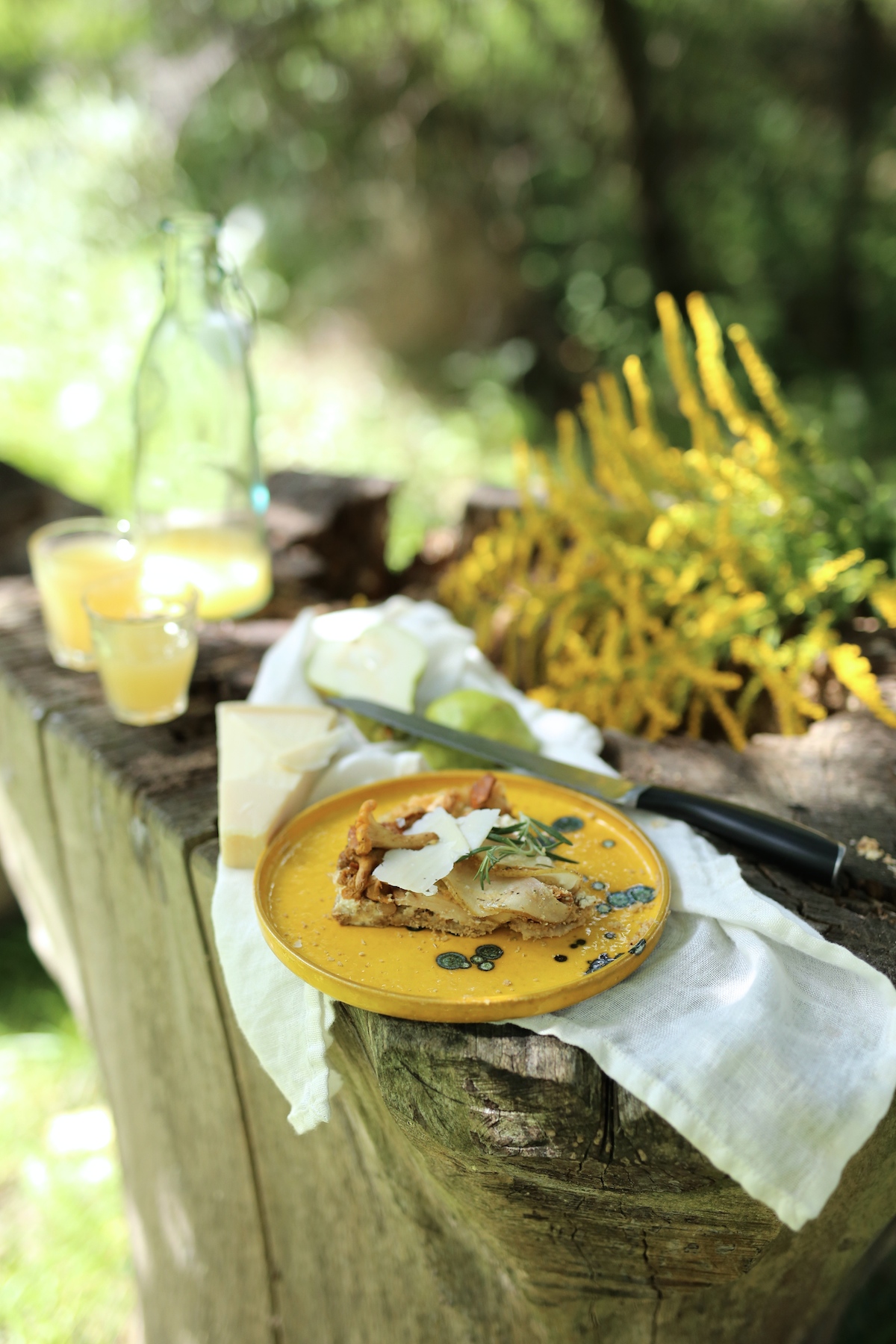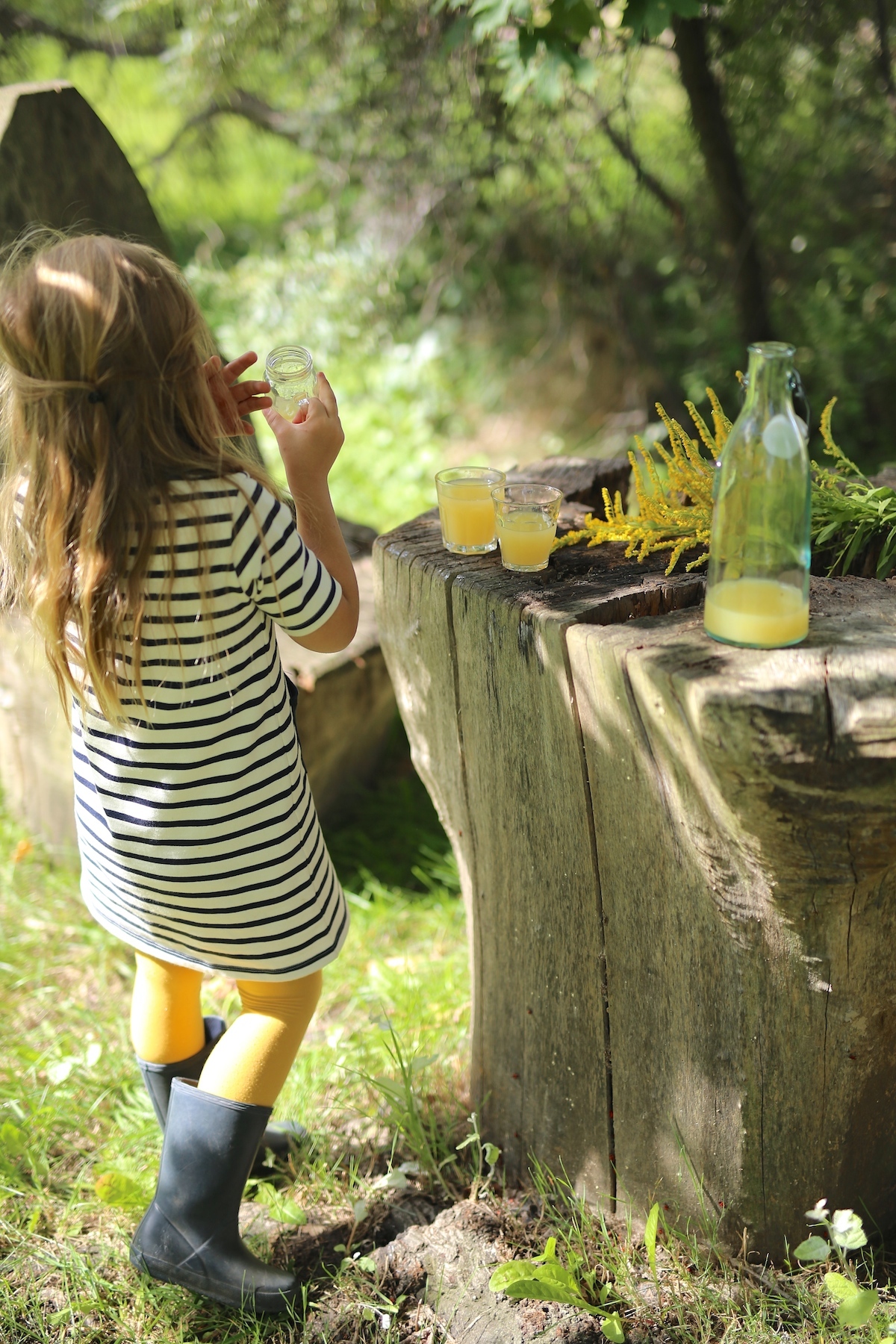
A couple of days ago, I received a message from one of the readers that she lacks ideas for new meals that she could take to work. She has had enough of steamed salmon, grilled vegetables, and Bolognese sauce for a long time! I perfectly remember that I had this issue while working in a full-time job. During that time, mozzarella with tomatoes and a withered basil leaf often exchanged for squeezed sandwiches were my inseparable types of food (I won't confess to instant soups :-P). Therefore, I suggest a new series of recipes that can be quickly and easily prepared at home and that you can take to work.
***
Kilka dni temu otrzymałam od Czytelniczki wiadomość, że brak jej pomysłów na nowe potrawy do pracy. Gotowany na parze łosoś, grillowane warzywa, sos bolognese już dawno się przejadły! Sama doskonale pamiętam ten problem, pracując na etacie. Wówczas mozzarella z pomidorami i zwiędłym listkiem bazylii, na zmianę ze ściśniętymi kanapkami, były moim nieodłącznym pożywieniem (do gorących kubków się nie przyznaję :-P). Proponuję zatem nowy cykl przepisów, które można szybko i sprawnie przygotować w domowych warunkach i zabrać ze sobą do pracy.
 Ingredients:
Ingredients:
(recipe for 3-4 portions)
approx. 150 g of green lentils
2 bay leaves
1 slice of ginger
4-5 peppercorns + 5 allspice corns
1 slice of lime
1 teaspoon of cumin
2-3 sprigs of thyme
5-6 champignons
1 courgette
1 onionsea salt and freshly ground pepper
olive oil for frying
Served with:
chopped parsley
natural yoghurt
Skład:
(przepis na 3-4 porcje)
ok. 150 g zielonej soczewicy
2 listki laurowe
1 plaster imbiru
4-5 ziarenek pieprzu + 5 ziarenek ziela angielskiego
1 plaster limonki
1 łyżeczka kminu rzymskiego
2-3 gałązki tymianku
5-6 pieczarek
1 cukinia
1 cebula
sól morska i świeżo zmielony pieprz
do smażenia:
oliwa z oliwek
do podania:
posiekana pietruszka
jogurt naturalny

Directions:
1. Pour some water into the pot with washed lentils and add allspice corns, bay leaves, pepper, ginger, lime, and thyme. Cook it on low heat for approx. 15 minutes.
2. Slightly fry the chopped onion as well as courgette and champignon slices in a hot pan with a little bit of olive oil. Season everything with salt according to your liking. Strain the cooked lentils and remove the herbs. Combine the lentils with the stewed vegetables. Season with pepper. Serve everything with natural yoghurt and some parsley. We can sprinkle the meal with lime juice.
A oto jak to zrobić:
1.Opłukaną soczewicę zalewamy wodą i dodajemy ziele angielskie, liście laurowe, pieprz, imbir, limonkę i tymianek. Gotujemy na małym ogniu ok. 15 minut.
2.Na rozgrzanej patelni z odrobiną oliwy podsmażamy posiekaną cebulę, plastry cukinii i pieczarek. Całość doprawiamy solą wg własnego uznania. Ugotowaną soczewicę odcedzamy i usuwamy zioła. Łączymy z duszonymi warzywami. Doprawiamy pieprzem. Całość podajemy z jogurtem naturalnym i natką pietruszki. Możemy skropić sokiem z limonki.
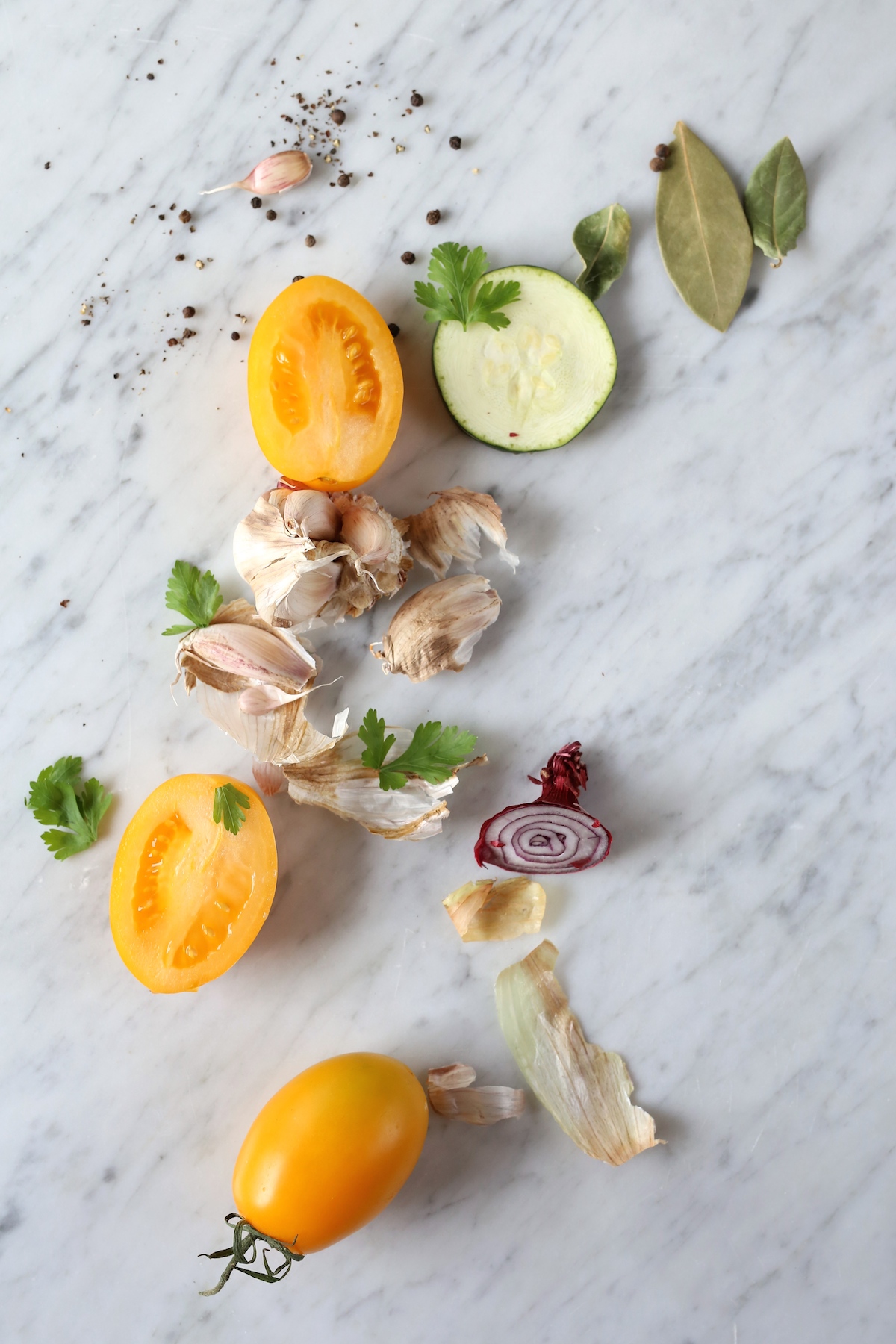








 Ingredients:
Ingredients:
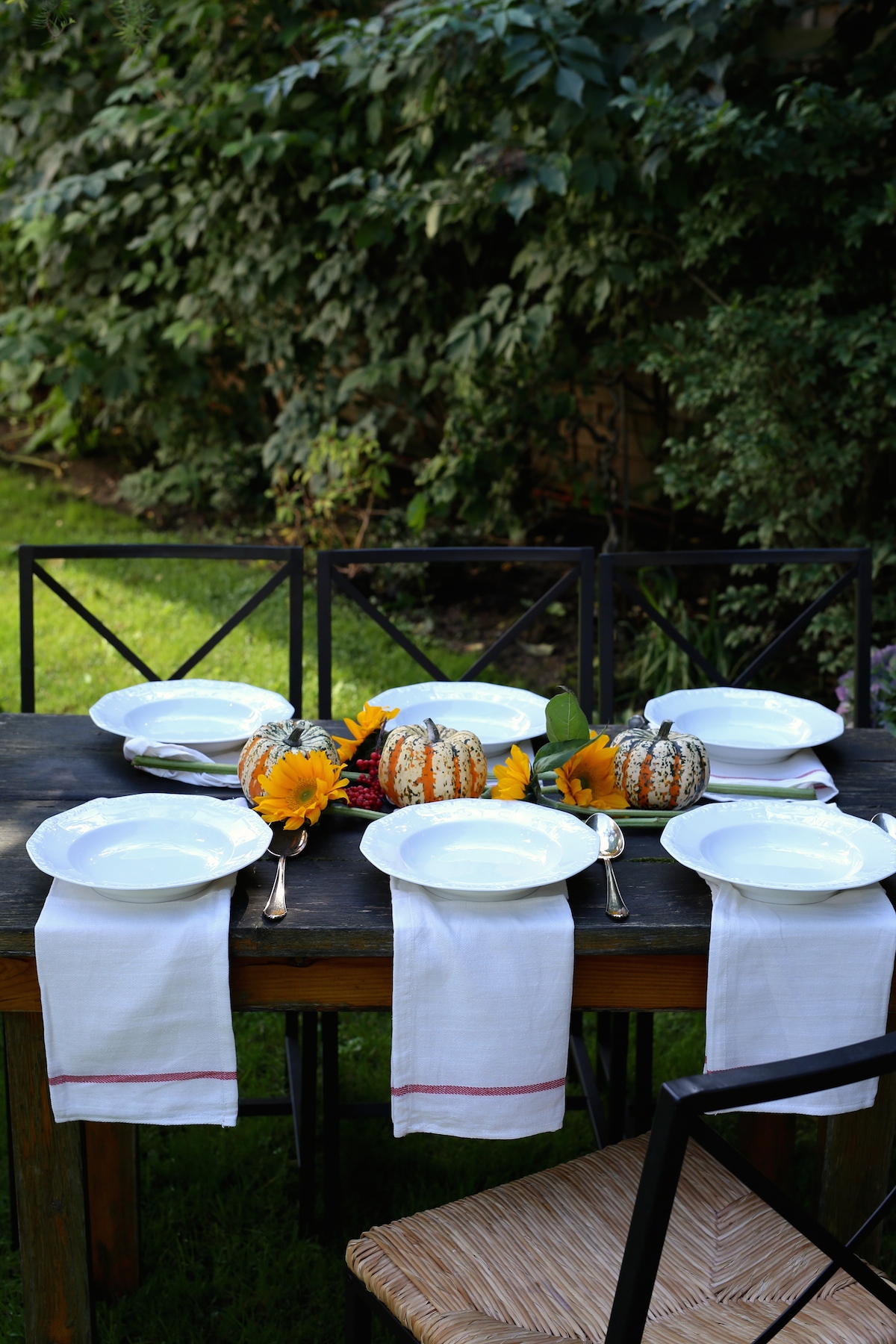

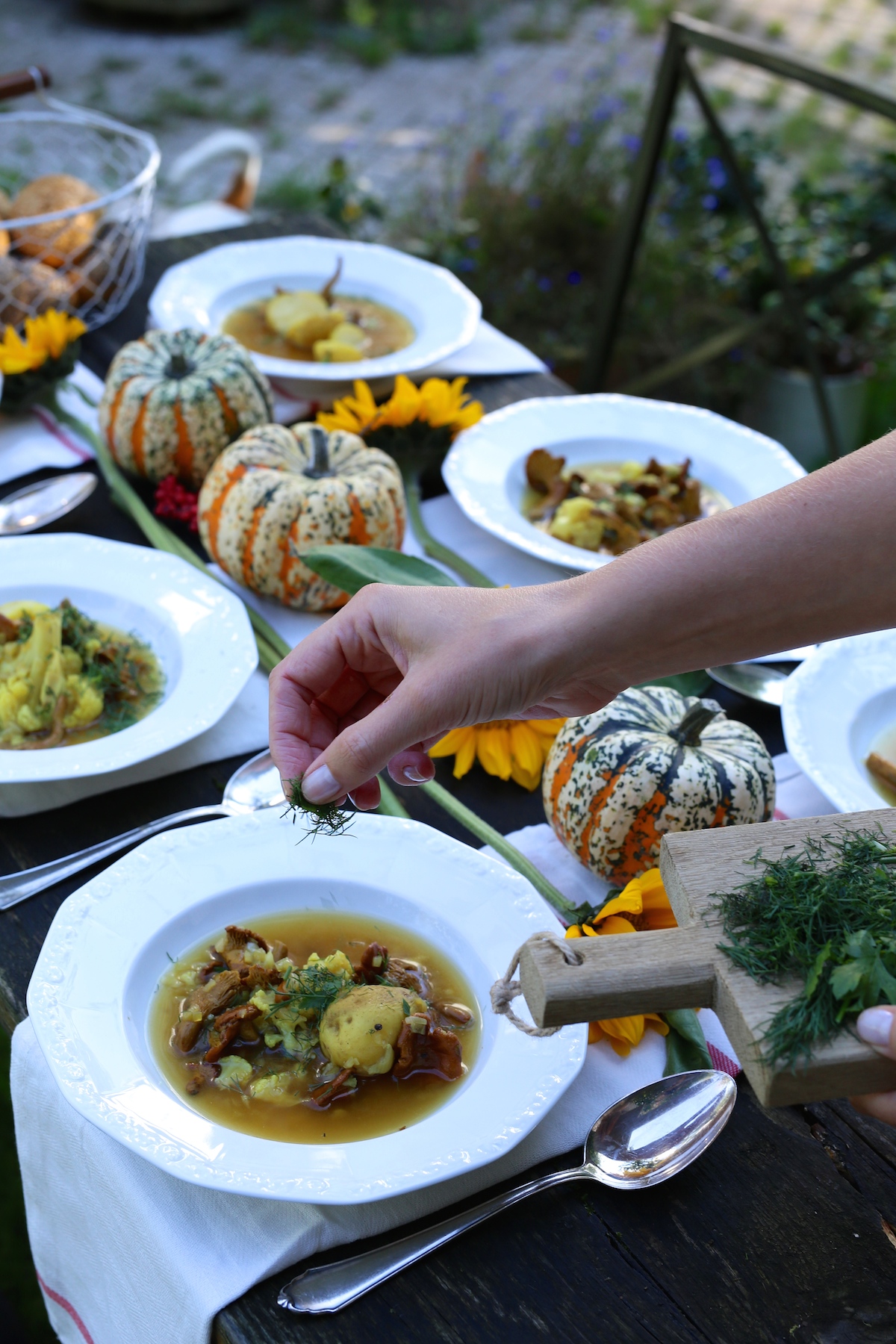

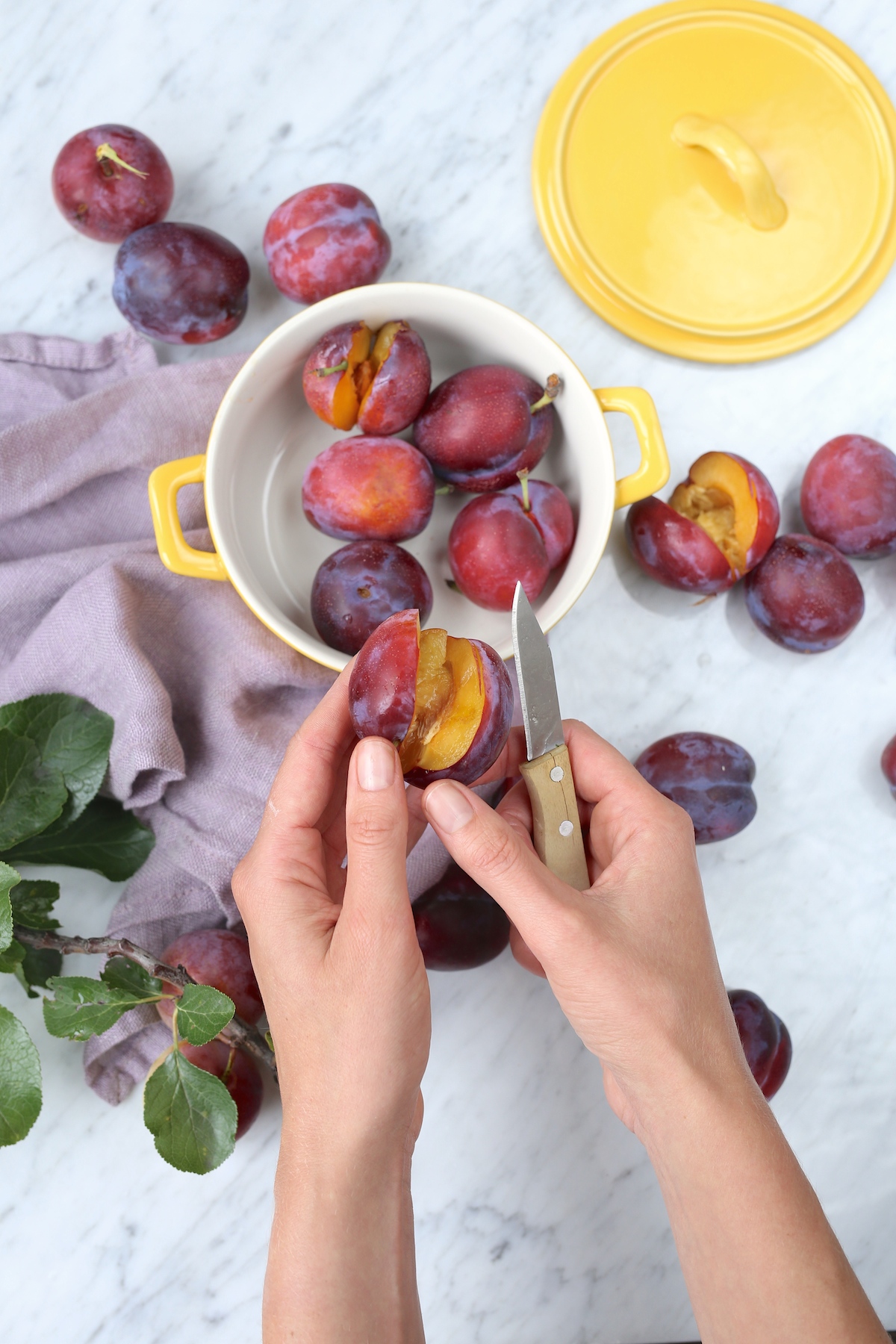
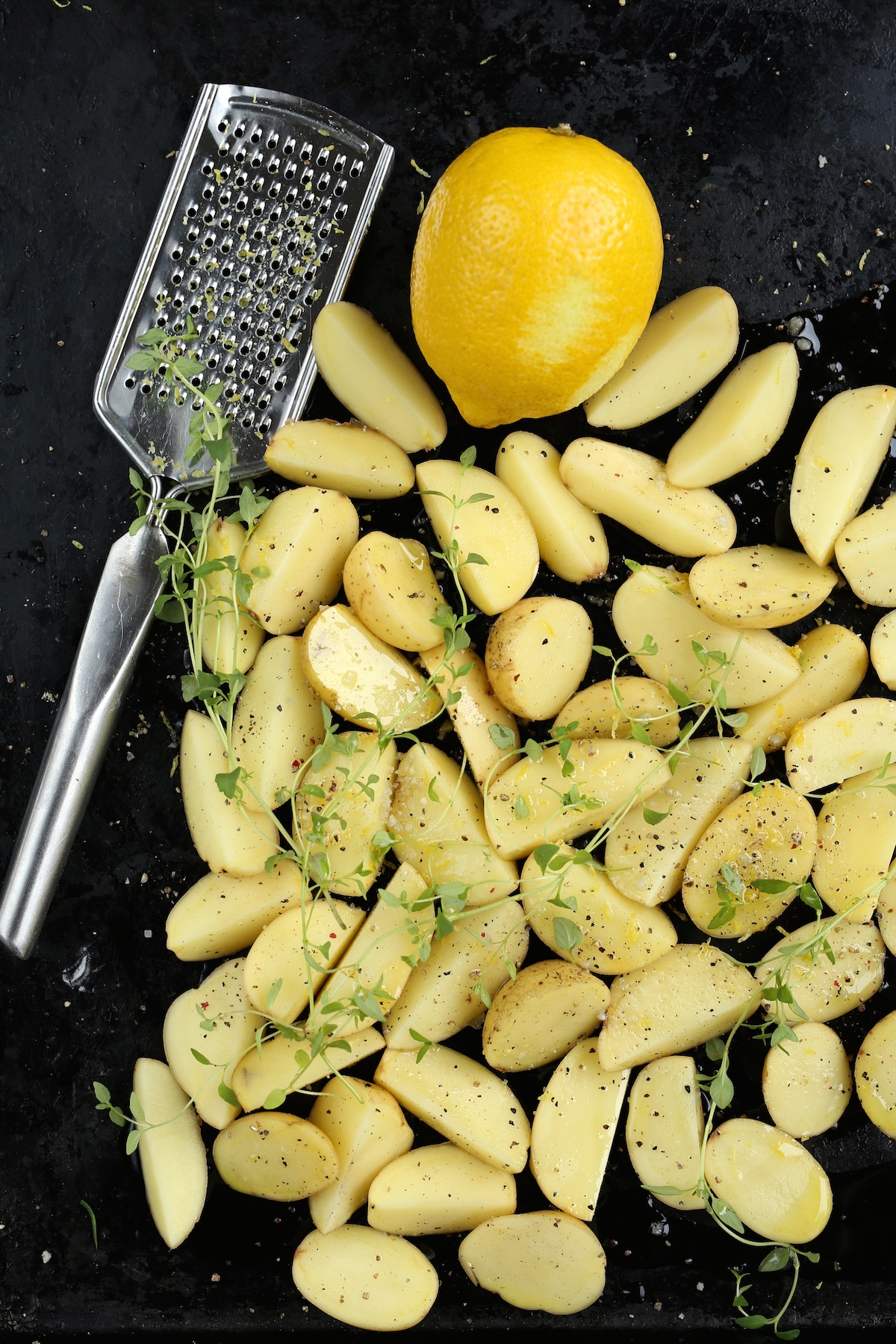
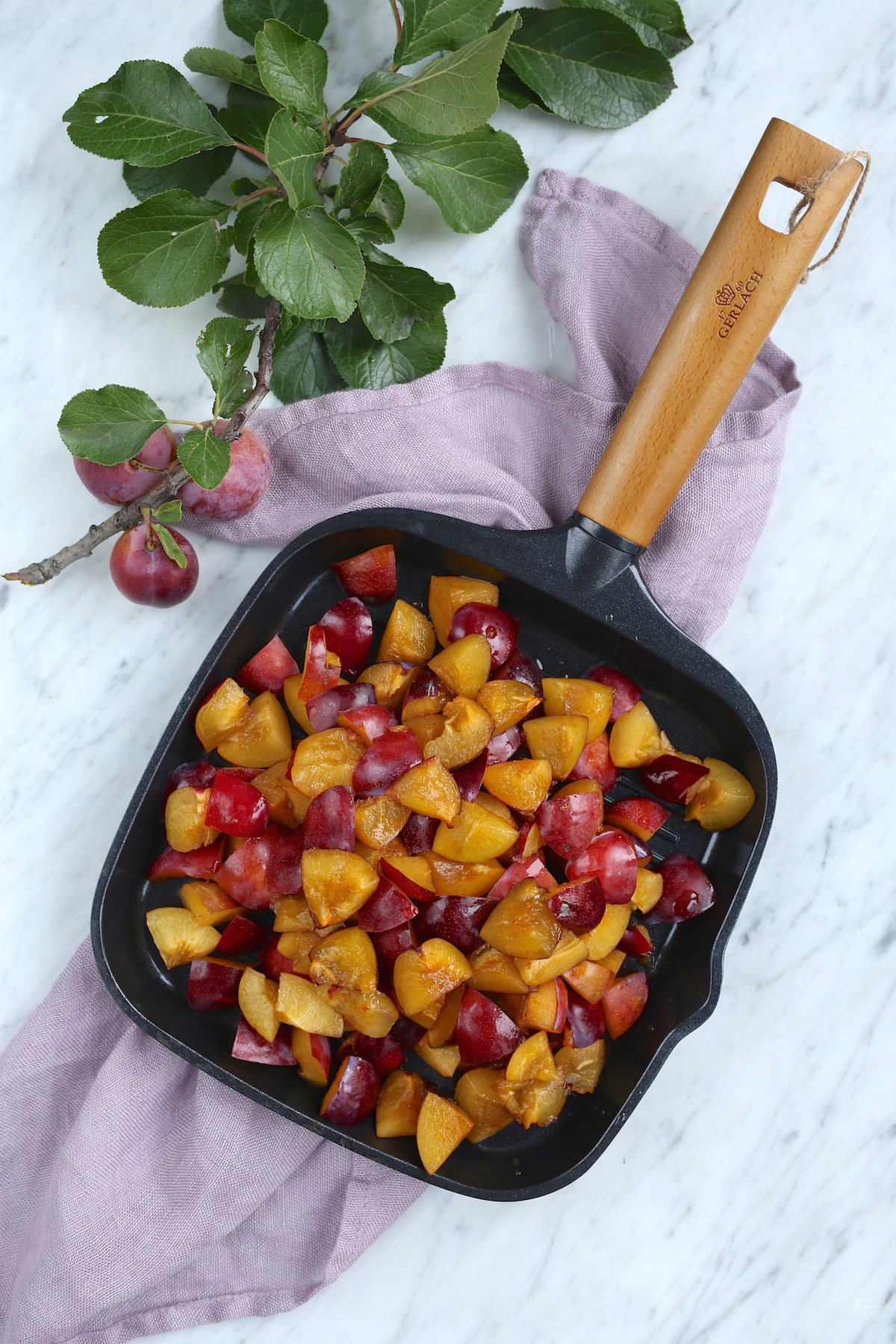
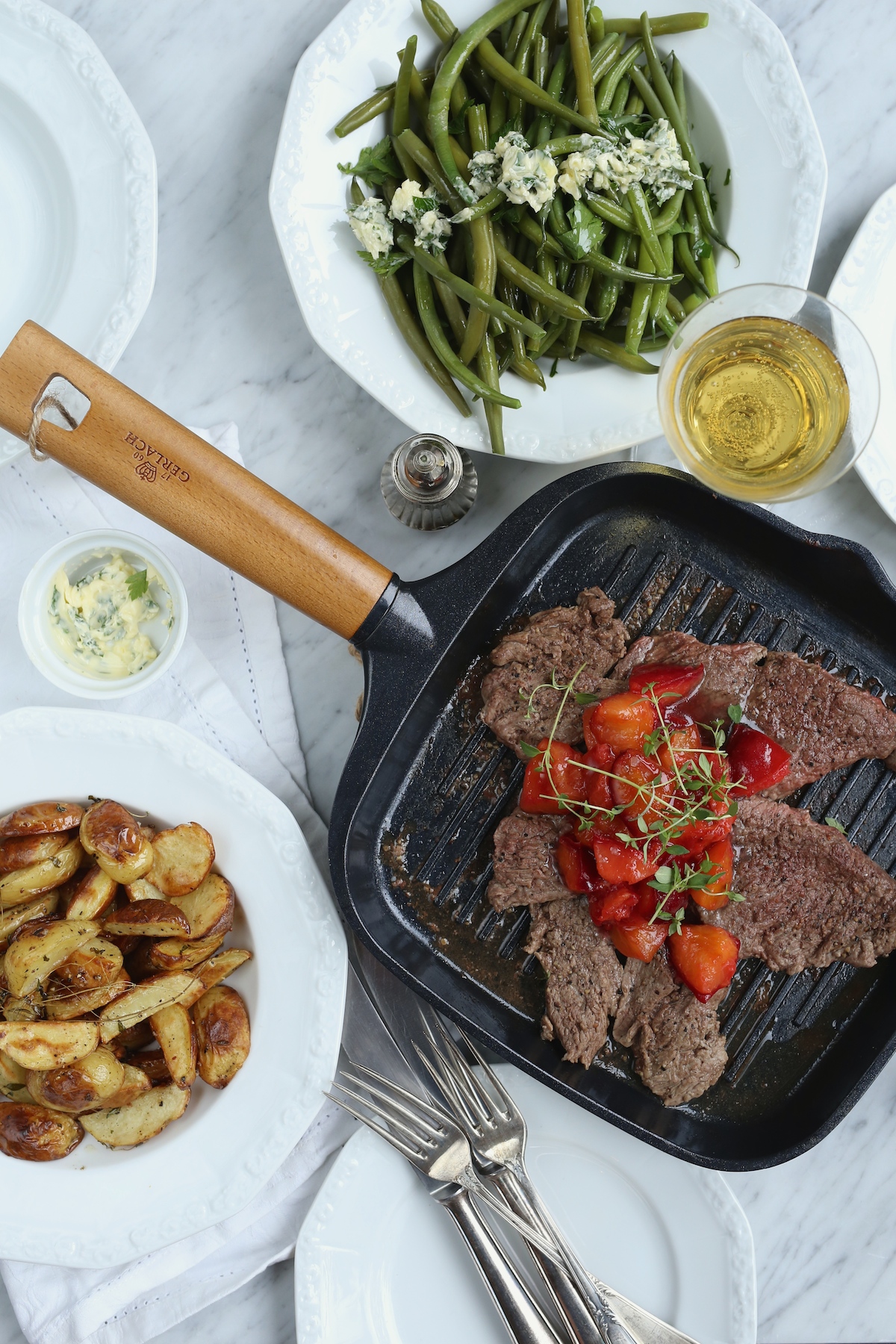
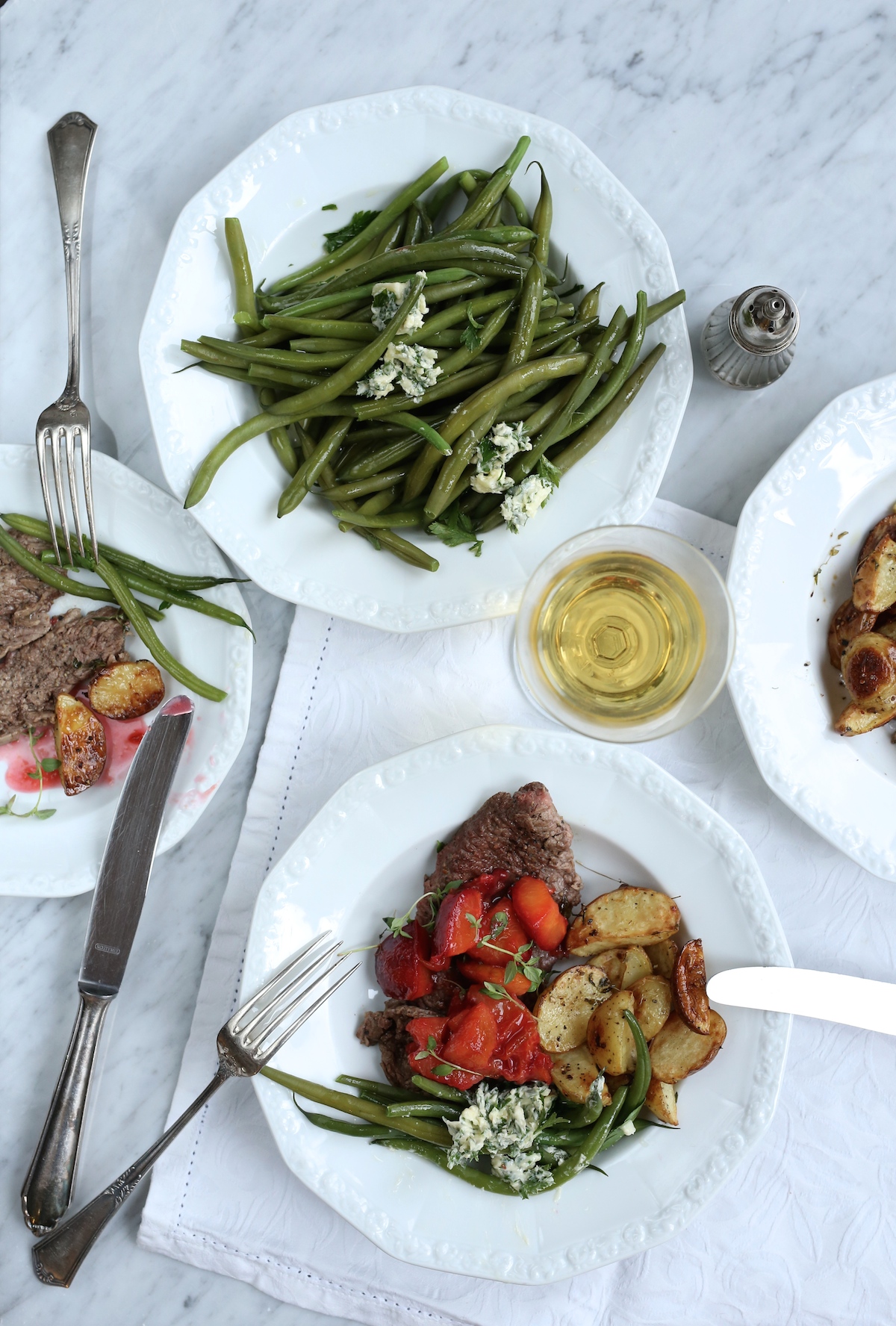
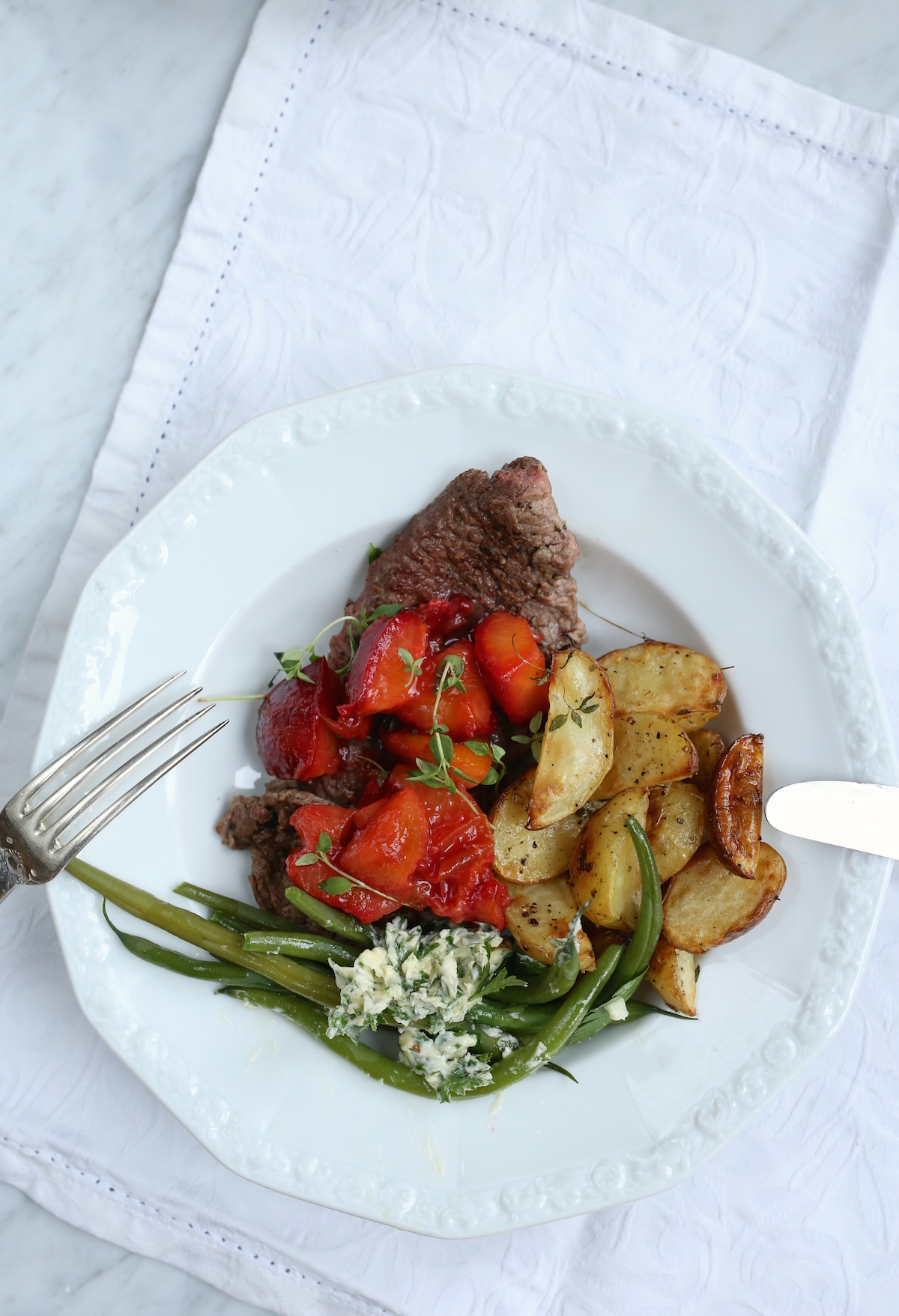
 Ingredients:
Ingredients:


